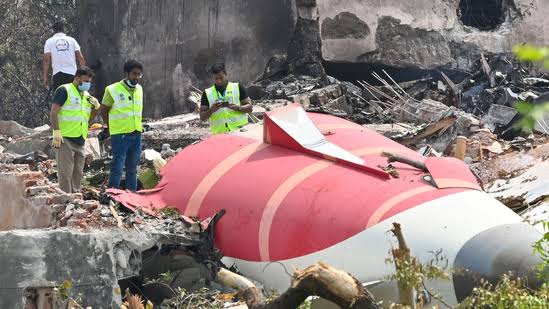Air India confirmed the replacement of a critical throttle control module housing the fuel control switches on its Boeing 787 Dreamliner—twice—prior to the tragic crash last month that claimed 260 lives.
The module, essential for engine operations, was changed in 2019 and again in 2023, in line with Boeing’s Maintenance Planning Document, requiring replacement every 24,000 flight hours.
However, investigators remain puzzled over the incident during the Ahmedabad-London flight, where both fuel control switches moved to “CUTOFF” seconds after takeoff, disabling the engines. Cockpit voice recordings reveal one pilot’s shock: “Why did you cut off the fuel?” to which the other responded, “I did not do so.”
The Aircraft Accident Investigation Bureau (AAIB) noted that the switches were moved back to “RUN,” but the engines failed to regain altitude before the aircraft crashed into a nearby building.
Despite Boeing and the US Federal Aviation Administration (FAA) asserting that the fuel switch design does not pose an unsafe condition, questions linger. A 2018 FAA advisory had urged checks on the locking mechanism of the switches, yet Air India did not conduct them, citing their non-mandatory status.
While Air India complied with all required safety directives, the probe highlights a broader concern: how optional advisories are treated in operational risk management. The final investigation report is awaited in the coming months.





























